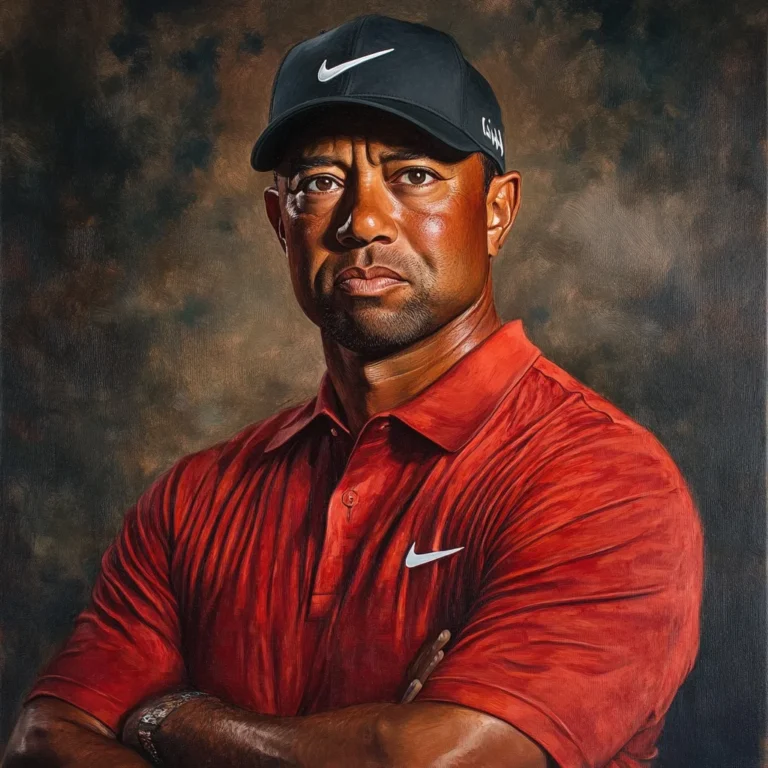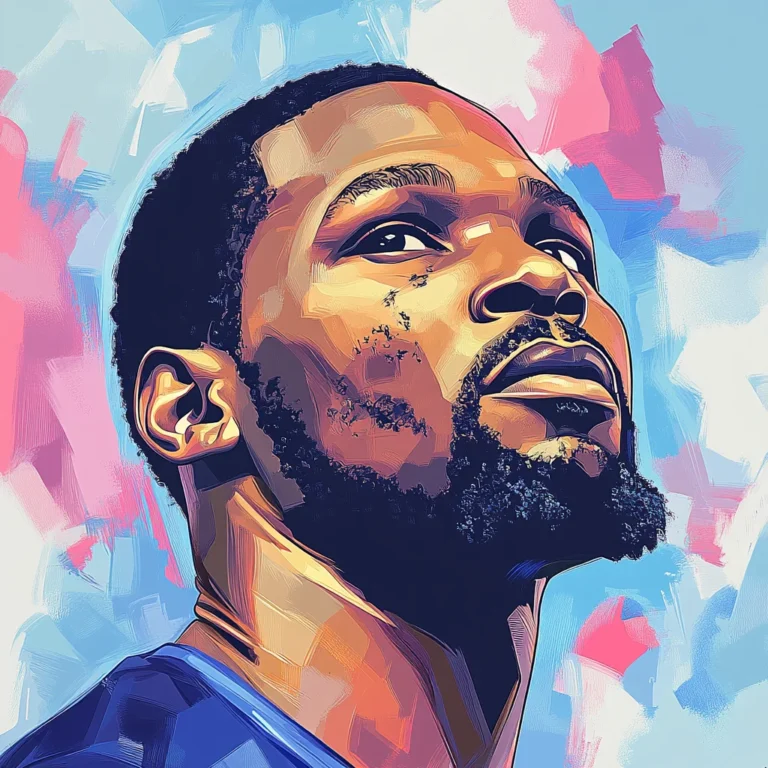The first Winter Olympics were held in 1924 in Chamonix, France, and featured just six sports, including skiing, ice hockey, and figure skating.
Norway holds the record for the most Winter Olympic medals, with over 300 medals won throughout the history of the Games.
The Winter Olympics are held every four years, with the first official Winter Games held in 1924, although figure skating was part of the Summer Olympics before that.
The Winter Olympics were originally held in the same year as the Summer Olympics until 1994, when the Winter Games were moved to a separate cycle to alternate every two years with the Summer Olympics.
The 1960 WO in Squaw Valley, USA, were the first to be televised live, bringing the excitement of the Games to a global audience.
The Olympic flame, a symbol of the Games, is lit in Olympia, Greece, and then relayed to the host city through a torch relay that often includes some of the world's most iconic locations.
The 2018 Winter Olympics in Pyeongchang, South Korea, saw the debut of several new sports, including big air snowboarding and mixed doubles curling.
Eddie 'The Eagle' Edwards, a British ski jumper, became a fan favorite at the 1988 Calgary Winter Olympics despite finishing last, embodying the Olympic spirit of participation and perseverance.
The Winter Olympic Games have seen numerous iconic moments, including the 'Miracle on Ice' in 1980, when the US men's ice hockey team defeated the heavily favored Soviet Union.
The Winter Games feature a mix of traditional sports like skiing and figure skating, as well as newer, more extreme events like snowboarding and freestyle skiing.
The 1952 Winter Olympics in Oslo, Norway, were the first to include a torch relay for the Winter Games, starting the tradition that continues today.
Curling, one of the oldest team sports in the Winter Olympics, was reintroduced to the Games in 1998 after being discontinued after the 1924 Games.
The Winter Olympics have been hosted by countries from three continents: Europe, Asia, and North America, with cities like St. Moritz, Lake Placid, and Nagano all playing host.
The most successful Winter Olympian is Norwegian cross-country skier Marit Bjørgen, who has won 15 medals, including eight golds, across five Winter Games.
They are known for their picturesque and often challenging venues, with events taking place in some of the most beautiful and rugged landscapes in the world.



